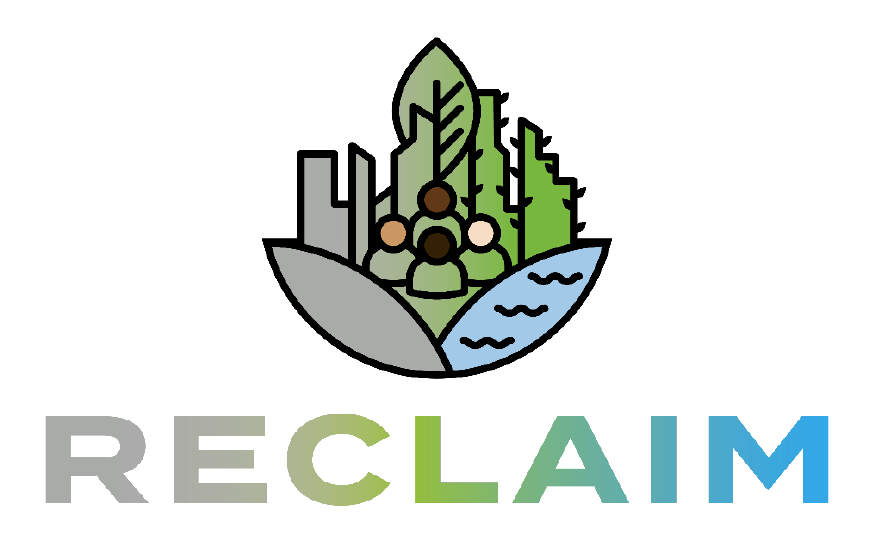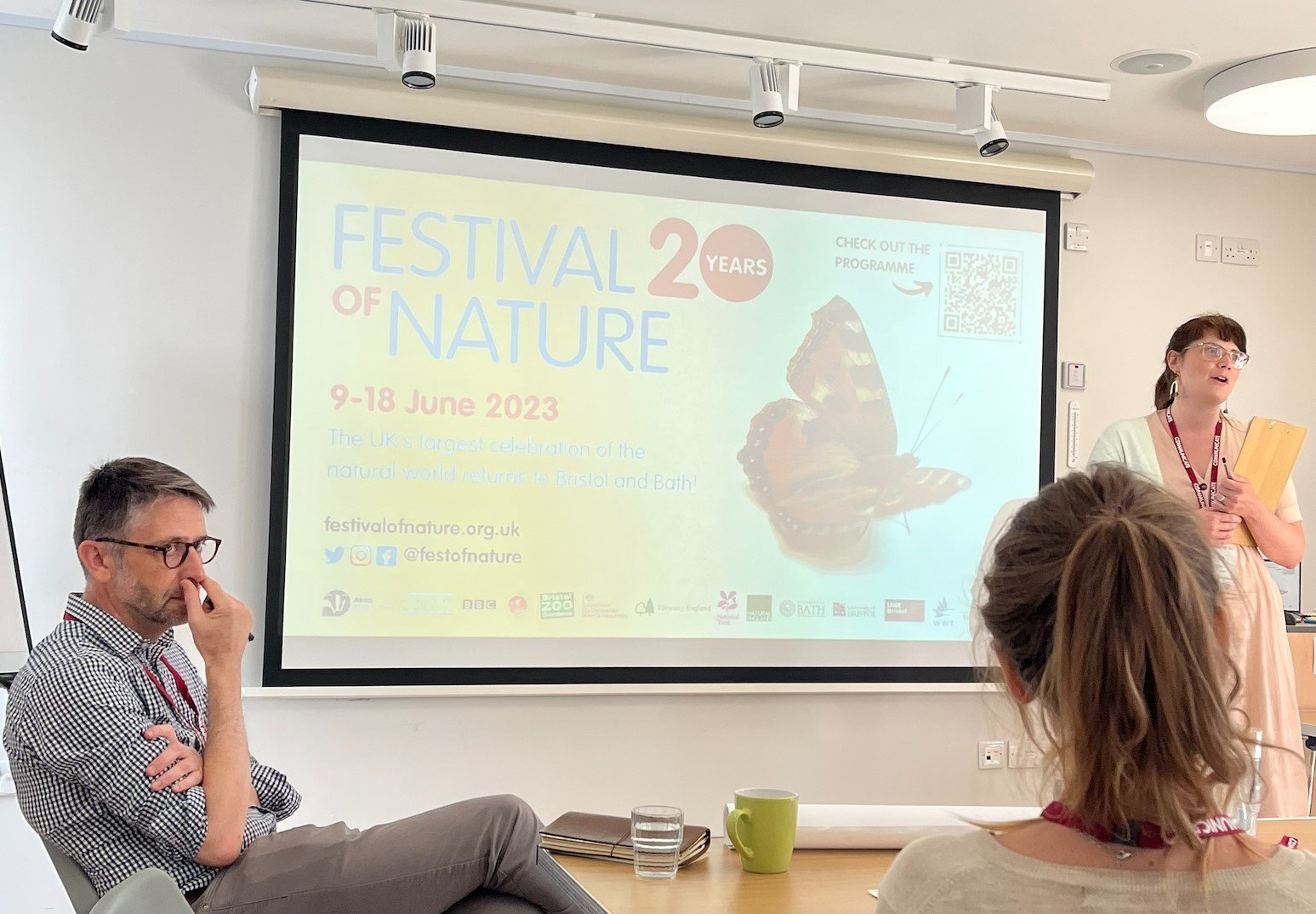Mapping the Relationship between Green-Blue-Grey Infrastructure and Quality of Life
This inter-disciplinary project is funded by the RECLAIM Network Plus and aims to explore the benefits of green, blue and grey infrastructure (GBGI) for reducing inequalities in quality of life. The research team are based at the University of the West of England (UWE) in Bristol.
We are working with Bristol City Council to access data from the annual Quality of Life Survey for 2011-2022. This data set includes up to 190 indicators of quality of life and wellbeing of residents in Bristol. By using Geographical Information Systems (GIS) to map green, blue and grey infrastructure across the city to these outcomes, we aim to better understand the importance of these features for improving people’s lives and reducing inequalities within neighbourhoods and across the city.
With the help of a student intern, funded by UWE, we are compiling a GBGI database for Bristol using a large number of secondary spatial datasets. These are all sourced from openly available data such as the Ordnance Survey, Bristol Open Data, the census and Natural England. Examples of GBGI to be included can be seen in the model below. We are also piloting multiple GIS methods to quantify exposure and determine the most useful indicators for GBGI. For example, exposure measures may include the number of trees within a 10-minute walk of a postcode, or the distance to the nearest bus stop, river or green space. We have developed a conceptual model to explain the relationships between GBGI and health and wellbeing outcomes, and likely mediators and moderators of this relationship:
This model will be tested using the data that we are currently compiling. The evidence we produce will further our understanding of how citizens relate to their urban environment, and will help more inclusive decisions to be made by local councils about investment to ensure that all residents, wherever they live, benefit from GBGI which enhance quality of life for urban communities.
Progress to date has been presented at a Festival of Nature event in Bristol (June 2023) on the theme of “Engaging public audiences with GBGI”, where we sought input from participants on the range of GBGI to be included in our study, and how best to measure these exposures.
The project is also being presented at the European Urban Research Association conference: “The European city: A practice of resilience in the face of an uncertain future” in Reykjavík (June 2023).
We would like to thank the UKRI-funded RECLAIM Network Plus for supporting this project (grant EP/W034034/1).
Dr Issy Bray, (Public Health Epidemiology), UWE
Prof Danielle Sinnett, (Sustainable Built Environments), UWE
Dr Harry West, (Geography and Environmental Management), UWE



